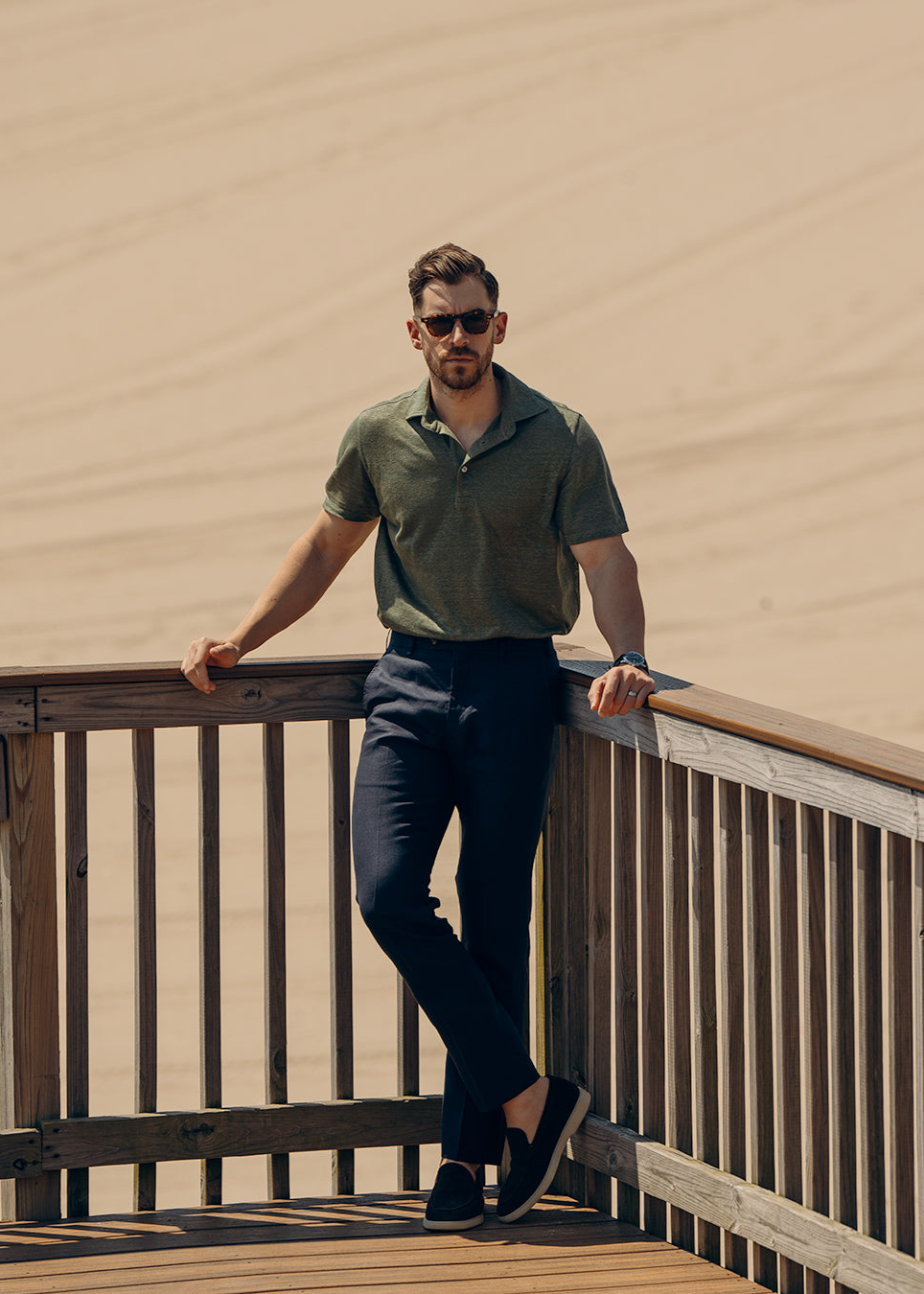As mentioned yesterday, the apparel industry is (or at least should be) frightened given the recent, reported decline in sales among teens because sure, sales ebb and flow, sales go through highs and lows, but in the past, these changes could largely be attributable to overall macroeconomic conditions. However, the recent decline in sales is reportedly, and substantiated via studies and conversations conducted with teens, is due to a change in sentiment. Changing attitudes towards the perceived and actual value of higher end clothing; but perhaps more importantly, changing attitudes towards the relative value of clothing vis-à-vis things like technology and entertainment.
And what should frighten apparel executives yet even more is that changes in technology are only likely to accelerate over the coming years. Connectivity is only likely to become even more important. Social networks, sharing, and the perceived and actual value of a smartphone will only increase.
So what's the apparel industry to do?
One option would be to adapt to the new landscape by cutting corners, lessening quality, and, particularly for those who focus on quality vs. quantity, shifting business models to maximize quantity of goods sold rather than quality.
Another option, one that we believe to be a longer term solution to the problem, is to adapt by “giving customers what they want.” And, by “giving customers what they want,” we mean, incorporating technology, or at least features and little details that facilitate the easy use of technology with the clothing they manufacture. With respect to this approach, we're still in the nascent stages of the evolutionary process and there are no dominant leaders and/or industry trendsetters. It's the proverbial “wild west.”
Features could include pockets with deeper bags, which will allow people to more easily carry their smartphones, which are only getting larger and harder to carry in one's pockets given existing pocket bag sizes. A similar option would be the incorporation of such pockets in suit jackets but in such a way that it doesn't cause one's suit shape to be altered by a gadget like a phone.
Finally, there may be opportunities to partner with those who will lead the technology movement, particularly in the wearables space. For instance, Apple, who recently hired the head of YSL and Burberry, as well as a huge team from Nike, to start looking into ways to incorporate technology into what we wear. Or Google, who has reportedly talked with Warby Parker, among others, on potential partnerships for Google Glass.
Frankly, the opportunities are endless and unknown. It will take a few bold, innovative companies who are willing to take the risk of looking stupid to better position themselves for success in the long run. Who knows, WvG might just be one of those few.
This store requires javascript to be enabled for some features to work correctly.



